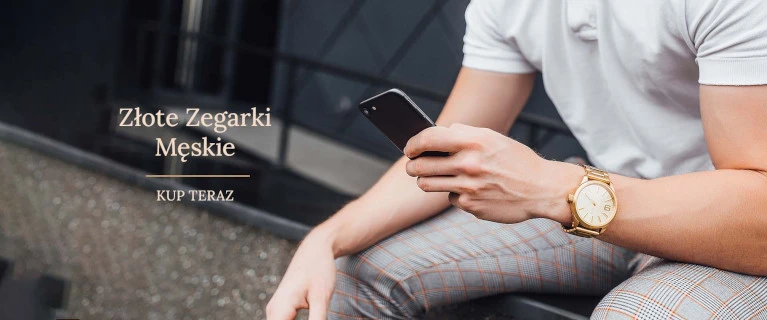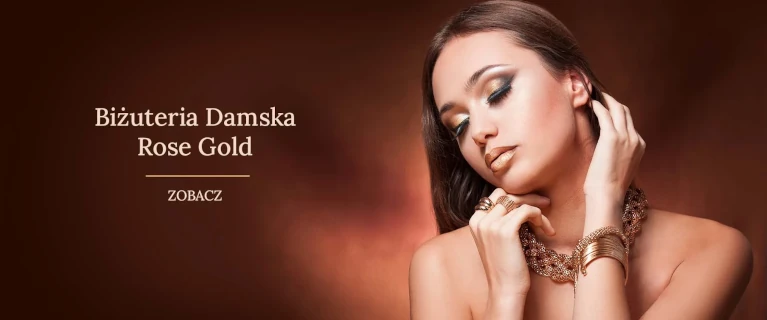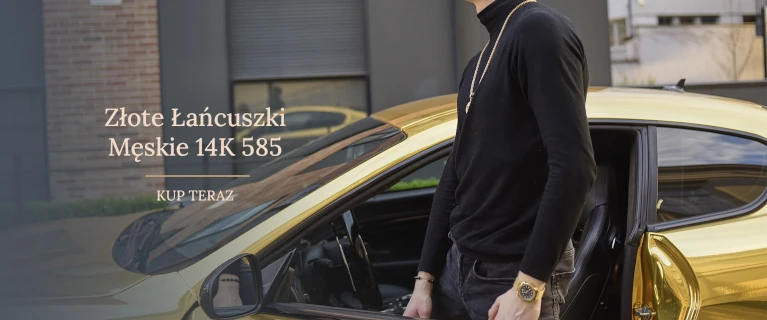FREE SHIPPING ON ORDER ABOVE $500



FREE SHIPPING ON ORDER ABOVE $500



You may unsubscribe at any moment. For that purpose, please find our contact info in the legal notice.